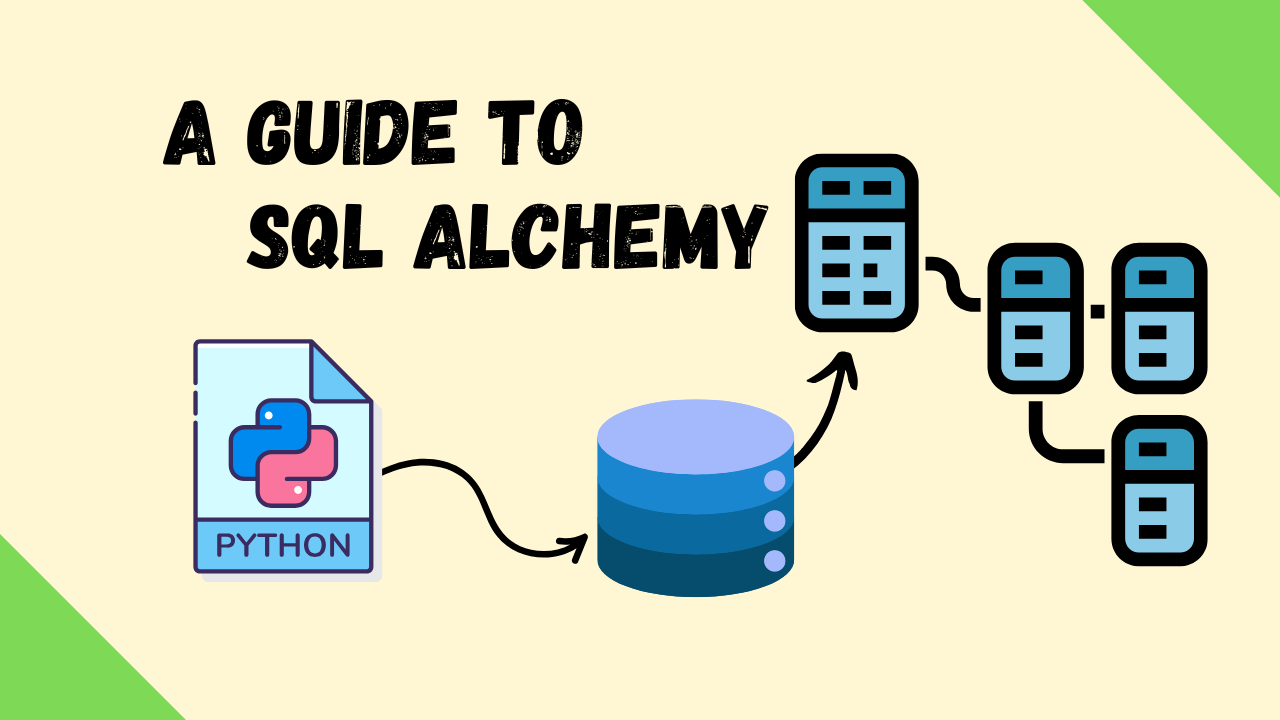SQLAlchemy ORM Explained: The Ultimate Guide for Seamless Database Management in Python
Learn how SQLAlchemy ORM simplifies database management in Python, offering intuitive object-based operations and powerful performance for developers at any skill level.
If you’ve worked with SQL databases before, you already know how powerful SQL queries are for managing data.
But let’s be honest here—writing raw SQL can feel a bit like decoding an old, complicated language. Maybe something similar to Egyptian hieroglyphics… Okay not that much but you see what I am getting at.
Now, what if I told you there’s a way to work with databases using Python without having to write raw SQL? That’s where SQLAlchemy comes in. It’s a popular Python library that makes it easy to connect object-oriented programming with relational databases.
In this article, we’re building on what we talked about last week about advanced SQL queries in Python. This time, we’re diving into SQLAlchemy’s Object Relational Mapper (ORM).
Each week, I dive deep into Python and beyond, breaking it down into bite-sized pieces. While everyone else gets just a taste, my premium readers get the whole feast! Don't miss out on the full experience – join us today!
I’ll walk you through setting up database models, performing basic CRUD operations, and comparing SQLAlchemy to raw SQL so you can see why it’s such a game-changer for us as developers.
While I covered a few projects on Project X which utilized SQLAlchemy those were long form projects where you got to see SQLAlchemy in action but this article here breaks it down a step further so you can really grasp it all. Here are our projects over on Project X.
This is all apart of my SQL in Python series. If you need a refresher with Pandas here is the Data Analytics Series to look back on. We’ll start with the basics and work our way up to the more advanced stuff.
If you haven’t subscribed to my premium content yet, you should definitely check it out. You gain full access to all of these articles and all the code that comes with them, so you can follow along!
Plus, you’ll get access to so much more, like monthly Python projects, in-depth weekly articles, the '3 Randoms' series, and my complete archive!
This is the fifth article in our SQL in Python series. Check out the new roadmap for SQL in Python and join premium to access the full archive, learning resources, and more to help you really build a strong foundation!
I spend a lot of my week on these articles, so if you find it valuable, consider joining premium. It really helps me keep going and lets me know you’re getting something out of my work!
If you’re already a premium reader, thank you from the bottom of my heart! You can leave feedback and recommend topics and projects at the bottom of all my articles.
👉 If you get value from this article, please help me out and leave it a ❤️. This helps more people discover this newsletter on Substack! Thank you so much!
In case you want to check out the full SQL in Python series here.
Now, let’s get to ORM and SQL Alchemy Nerd Nook crew!




